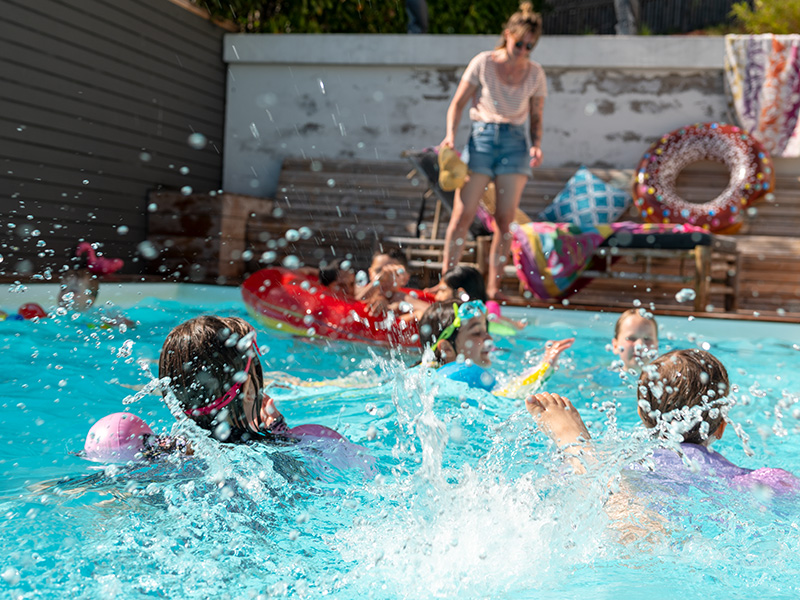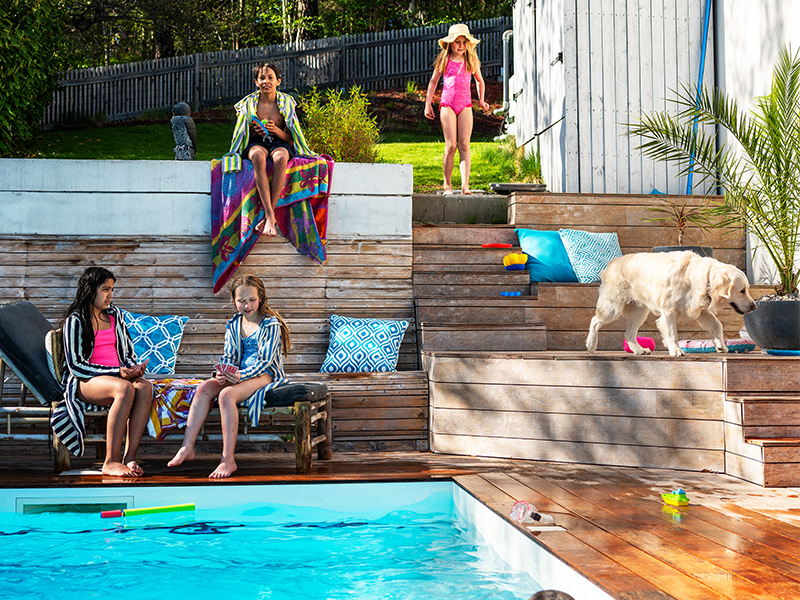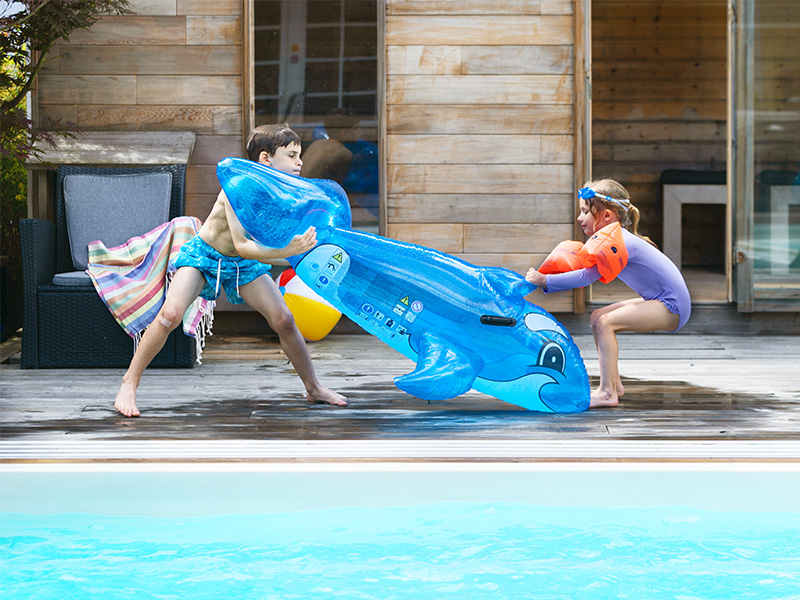Welcome to our global website
Or choose another language
Article
Warts or as also called verruca, are infections on the skin caused by the HPV virus. A verruca usually looks like a small bump on the skin.
Warts are skin growths caused by an infection of the HPV virus that has entered through a cut or break in the skin. They commonly appear on hands and feet but can also develop on other areas. Warts are especially common among children. Usually they are not painful, but some may hurt and itch, especially if they are on the feet and are exposed to pressure when walking.
The HPV virus causes warts. The virus is contagious and thrives in environments that are warm and moist. It can spread by direct or indirect contact and be transmitted if you touch a wart or through for example wet floors in public showers. However, not all people who come in contact with the virus develop warts.
There are a range of different types of warts, but some of the most common types are common warts and plantar warts which can appear alone or in groups. Usually, they go away on their own, but it can take months or years. Sometimes they need medical treatment to be resolved.
Here are some distinctive characteristics for how to identify a wart.
If the plantar warts grow inward, they can be mistaken for seed corns that have a similar appearance. However, there are some key differences: corns don’t have tiny black dots inside them and do not disrupt the natural lines on the bottom of the feet which warts do.
Warts usually go away on their own, but it can take long time and they can spread to other areas or persons. Some warts are painful, and many find them embarrassing. If you find the warts bothering, there are different ways to treat them.
Salvequick’s Wart Plasters contains salicylic acid which helps to remove warts. Plasters with salicylic acid for warts is an effective and pain free wart treatment method. In the centre of the plaster there is an area containing salicylic acid which breaks down the skin cells of the wart. The plaster also has the added advantage of protecting the wart during the treatment period, thereby reducing the risk of spreading the infection. Be careful when using products containing salicylic acid and follow the instructions, since it can harm surrounding healthy skin.
Do not use Salvequick’s Wart Plaster if you are diabetic or hypersensitive to salicylic acid or suffer from poor blood circulation. Pregnant women and children: only use with doctor approval. Skin damage will occur if healthy skin come in contact with salicylic acid. Protective plaster contains 0,4 g/g (40%) salicylic acid. Dispose the plaster inmediately and carefully after usage, without any contact with healthy skin, to prevent the spreading of infections.
Yes, further up in the article you can read about the HPV virus that causes warts. Fortunately, there are some things you can do to prevent skin warts:



